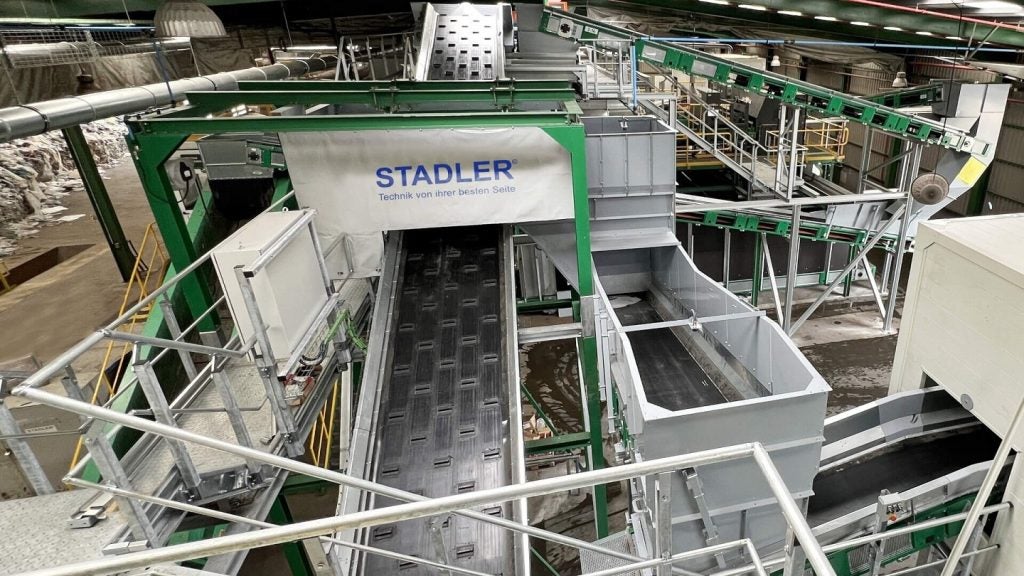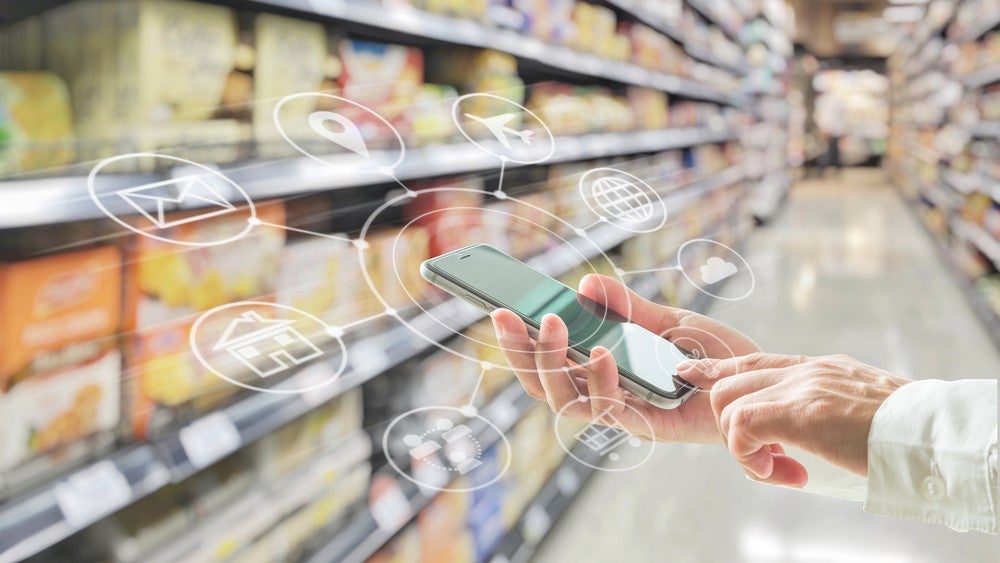When a beverage leaves a bottling plant, it is at the height of perfection; colour, taste and nutritional content are all safe and secure in a highly engineered PET container.
Years of research have resulted in oxygen barriers and scavenger technology that allow brand managers and formulation specialists to feel confident that the brand promise on the label will be delivered by the beverage inside over a reasonable shelf life.
While this sense of well-being is certainly supported by the latest PET packaging technology, there is an additional threat lurking in retail and home environments that has not been universally addressed: the impact of UV light on colours, nutritional values and tastes. In fact, we are just beginning to understand how UV light can impact beverage quality. We also appreciate the complexity of this issue.
Recent research studies
To learn more about how UV light impacts beverages in PET packaging, Milliken Chemical commissioned an extensive research study. A series of lab tests assessed the impact of various levels of UV protection on formulation ingredients common to beverages and foods, including FD&C colourants (colourants certified for use in the colouring of food, drugs and cosmetics), vitamins and flavour components. The company’s goal was to learn more about how UV exposure at different wavelengths can impact colour, flavour and nutritional content. It was also interested in learning more about potential interactions between ingredients when exposed to UV light at various levels of intensity and duration.
The tests were carried out on pure aqueous solutions of single beverage ingredients. Ingredients were also tested mixed with other common beverage components, such as citric acid, vitamin C and trace minerals. The interactions of beverage components were called ‘matrix’ effects. The test models are the following:
- PET control – standard PET container
- Unexposed – standard PET wrapped in aluminium foil
- UV 370 – PET container with Milliken’s ClearShield® UV absorber at the 370 level, providing less than 10 per cent transmission at 370nm
- ClearShield 390 – PET with Milliken ClearShield at the 390 level, providing less than 5 per cent transmission at 390nm
The samples were subjected to accelerated UV testing in a refrigerated (4°C) chamber equipped with Sylvania 351 UV bulbs, which were selected to simulate sunlight passing through glass, thus simulating a retail environment.
How well do you really know your competitors?
Access the most comprehensive Company Profiles on the market, powered by GlobalData. Save hours of research. Gain competitive edge.

Thank you!
Your download email will arrive shortly
Not ready to buy yet? Download a free sample
We are confident about the unique quality of our Company Profiles. However, we want you to make the most beneficial decision for your business, so we offer a free sample that you can download by submitting the below form
By GlobalDataAlthough oxygen was not eliminated from the test samples in these studies, the structure of the tests enabled a distinction to be made between purely oxidative effects and photo-oxidative effects. Several important findings emerged from this research.
Impact on colour
In the USA, seven synthetic dyes are approved for general food use and more than 30 for general use in cosmetics. Although many of these dyes independently exhibit favourable stability to UV light, they have been shown to be unstable to light when formulated with certain ingredients. For example, ascorbic acid (vitamin C) is frequently added to beverages for nutritional value and to scavenge dissolved oxygen that can attack certain flavour components.
The presence of ascorbic acid in beverages containing certain synthetic colourants, however, can result in colours fading rapidly when exposed to UV light. The presence of trace metals can also have a destabilising effect on synthetic colourants.
Milliken Chemical has conducted UV exposure testing on the FD&C colourants Blue #1, Red #40 and Yellow #5. Here, the matrix effect was simulated by the addition of citric acid to a pH of 3.5 and 1ppm of iron. Over an exposure period of 14 hours, each of the colours showed substantially increased stability in PET bottles enhanced with 390 protection, and to a lesser extent with 370 protection.
Impact on vitamins
Vitamins and nutrients are generally sensitive to the effects of temperature, oxygen and light. A slight change in the molecular structure of a nutrient can render it biologically ineffective. Many vitamins are known to be specifically vulnerable to degradation by UV light, including vitamin A, B2 (riboflavin), B6, B12 and folic acid.
Light also accelerates the destructive interaction between vitamins. For example, the degradation of both folic acid and vitamin C is accelerated by the combined presence of riboflavin and light. This is the cause of vitamin C degradation in milk exposed to light.
In addition to the above-mentioned product quality concerns, fortifying products with nutrients carries legal ramifications for the brand owner. Maintaining compliance with food labelling regulations throughout practical shelf life of the product requires that nutrient levels in the food or beverage remain at or above a level relative to the declared value on the label. Otherwise, the product is deemed to be ‘misbranded’ under US federal law (21 CFR Part 101).
For the purpose of compliance, the US FDA defines two classes of nutrients: Class I nutrients are added to fortified or fabricated foods, while Class II nutrients are naturally occurring in, or indigenous to, the food product. For compliance, the content of a Class I nutrient must be at least equal to the value for that nutrient declared on the label. For a Class II nutrient, the content of a declared nutrient must be equal to at least 80 per cent of the declared value.
Milliken Chemical has conducted UV exposure testing on several vitamins, including A, B2 (riboflavin), B6, B12 and folic acid. In general, each of these vitamins showed substantial sensitivity to UV and each was significantly more stable in PET bottles enhanced with 390 coverage. The 370 level of coverage, on the other hand, showed a more modest degree of protection.
Impact on taste
The degradation of flavour and fragrance ingredients can lead to a diminished sensory profile and the formation of unpleasant qualities detectable by taste and smell at low concentrations. Milliken Chemical has investigated the lemon aroma complex due to its widespread application across a range of products in beverages, food and other consumer products.
Lemon flavour is composed of several light-sensitive components including terpene hydrocarbons and oxygen-containing compounds that degrade upon exposure to UV light.
One of the significant contributors to lemon flavour, and one of the most photosensitive, is ‘citral’. When exposed to UV light, citral degrades into several byproducts, including ‘photocitral-A’ and ‘photocitral-B’, which are readily detectable by laboratory analytical methods. Another compound is also formed that exhibits a strong off-flavour at levels that are hard to detect through analytical methods.
Milliken Chemical has conducted exposure testing on citral to assess the differential impact of various degrees of UV protection. In this case, green PET bottles without a UV additive were also used in the test because many citrus beverages are packaged in such bottles.
The test results show that PET with 390 protection retains the integrity of the citrus-flavoured beverage to a much greater extent than either 370 protection, green PET or standard PET, though the 370 protected bottles are much better than either PET or green PET. Also, sensory panels are a much more sensitive measure than analytical instruments and can easily detect flavour changes not indicated by the instruments.
Next step: UV protection
PET packaging has clearly established itself as a superior container for a wide variety of consumer food and beverage products. Clarity similar to glass, wide flexibility in form, shatter resistance, and effective oxygen barriers and scavengers are qualities that combine to make PET the product of choice for a growing number of specialty beverage processors each year. The last great frontier for PET may well be establishing effective UV barriers.
Perhaps the most immediate challenge for the packaging industry is to agree on a universally accepted standard for UV protection. While 370 protection has been proposed as a standard, Milliken Chemical’s research demonstrates that only the 390 level guarantees complete protection. In fact, in many instances, the greatest product degradation occurs between 370nm and 390nm.
The importance of addressing the issue of UV protection in PET containers is reinforced by the introduction of an increasing array of beverages with specific colours, tastes and nutritional formulations. If product formulation specialists are to have creative freedom to use any ingredients they select, they must also have the assurance that the PET container they are using will protect combinations of ingredients during an extended shelf life.
Success in establishing a widely accepted standard for UV protection and applying the latest technology in UV absorption will benefit the entire PET packaging industry. PET has proven its flexibility, adaptability and consumer appeal across a broad spectrum. With the addition of UV protection, the range of new applications will only continue to grow while we add to PET’s image as a premiere packaging material of choice.





